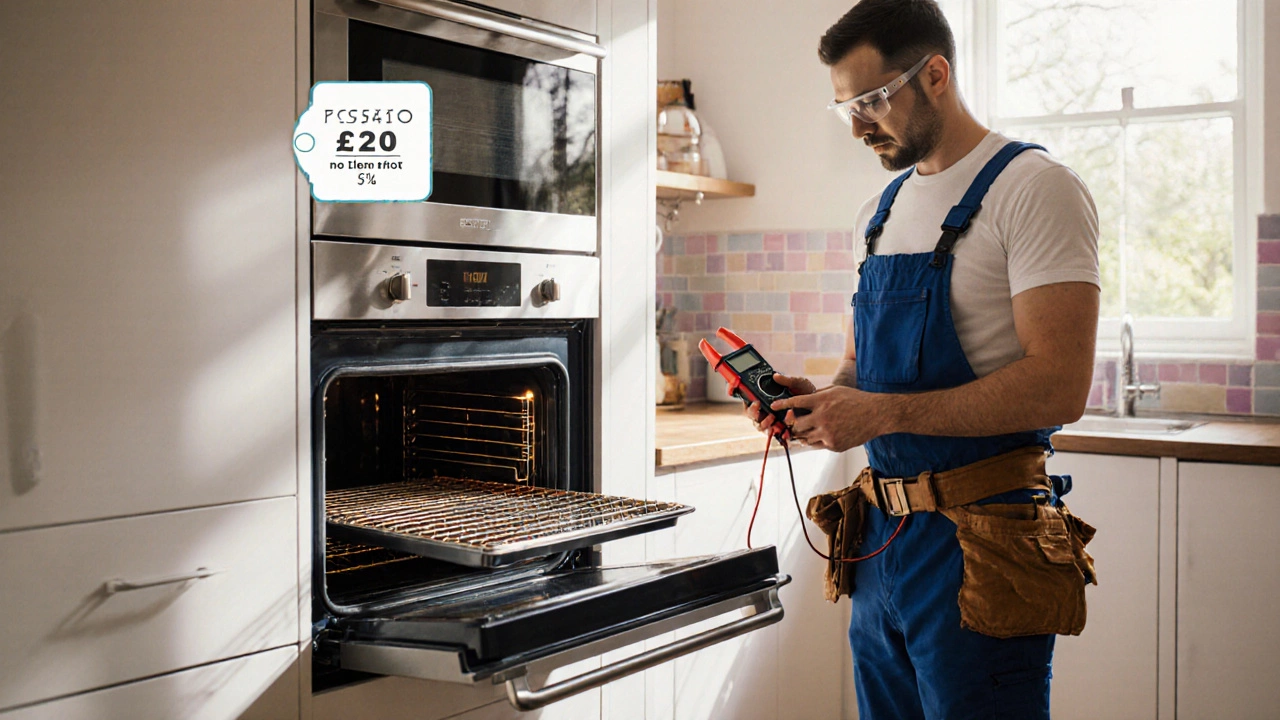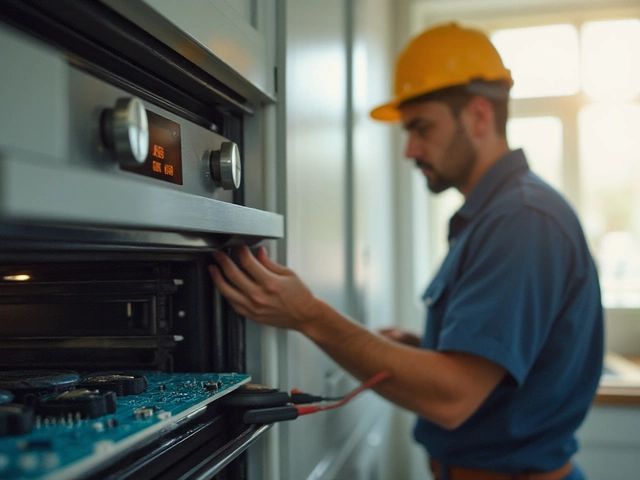Should You Invest in Replacing Your Oven's Control Board?
November 24 2024Heating Element Price: What You Need to Know
When you start looking at heating element price, the cost of the component that turns electricity or gas into heat in appliances, you quickly realise it’s not a one‑size‑fits‑all number. The same goes for oven heating element, the metal coil that heats the cavity of an electric oven, boiler heating element, the immersed resistor that heats water in a domestic boiler, and water heater element, the electric strip that warms water in a tank‑type heater. All of them share the same goal – produce heat – but the price tags differ because of material, power rating, and how they’re installed.
Key Factors That Drive the Cost
Material is the first big driver. Stainless‑steel coils command higher prices than basic nickel‑chrome because they resist corrosion longer. Wattage matters too; a 3,000‑watt oven element costs more than a 1,200‑watt one used in small countertop ovens. Brand reputation adds a premium – OEM (original equipment manufacturer) parts usually carry a markup for guaranteed fit and performance, while aftermarket versions can be 30‑40% cheaper but may vary in quality.
Installation complexity is another hidden expense. Replacing a boiler heating element often requires draining the system, shutting off gas, and a certified professional to fit it safely. In contrast, swapping an oven element is usually a DIY job: you pull the oven off the wall, unscrew the old coil, and clip the new one in place. Labor rates can add £70‑£120 per hour, so the total repair versus replace decision hinges on both part price and install time.
Safety standards shape pricing as well. In the UK, heating elements must meet CE marking requirements and, for gas‑linked boilers, be approved by the Gas Safe Register. Certified parts carry an extra compliance fee, but using them avoids potential fines and, more importantly, protects your home from fire or gas leaks.
Longevity and warranty influence the overall value proposition. A high‑grade water heater element with a five‑year warranty may cost £80‑£120, yet it could outlast a cheap £30 aftermarket part that fails after a year. Considering the average lifespan – 7‑10 years for oven coils, 10‑15 for boiler elements, and 5‑8 for water heater strips – helps you calculate a realistic cost‑per‑year figure.
Maintenance habits can stretch a component’s life, reducing long‑term spend. Regularly cleaning oven grease off the element, descaling boiler heat exchangers, and flushing water heaters to remove sediment all keep the element from overheating and failing early. Simple preventative steps save you from unexpected replacement bills.
When budgeting, think seasonally. Suppliers often run discounts during spring and autumn when demand dips. Buying in bulk – for example, grabbing a set of oven and grill elements together – can shave 10‑15% off the total. Also, compare multiple retailers: local plumbing stores might offer free fitting with the part, whereas big‑box chains could provide a lower upfront price but charge for installation.
All these points – material, wattage, brand, installation, safety compliance, warranty, lifespan, and maintenance – intertwine to shape the final heating element price you see on a quote. Below you’ll find a curated collection of articles that dive deeper into each area, from troubleshooting a failing oven coil to deciding whether a 15‑year‑old boiler needs a new element. Keep reading to get the detailed insight you need before you make your next purchase or repair call.
 27 Sep
27 Sep
How Much Does Replacing an Electric Oven Heating Element Cost?
Find out the true cost of replacing an electric oven heating element, from part prices and labor rates to DIY tips and safety advice.
Read More...



